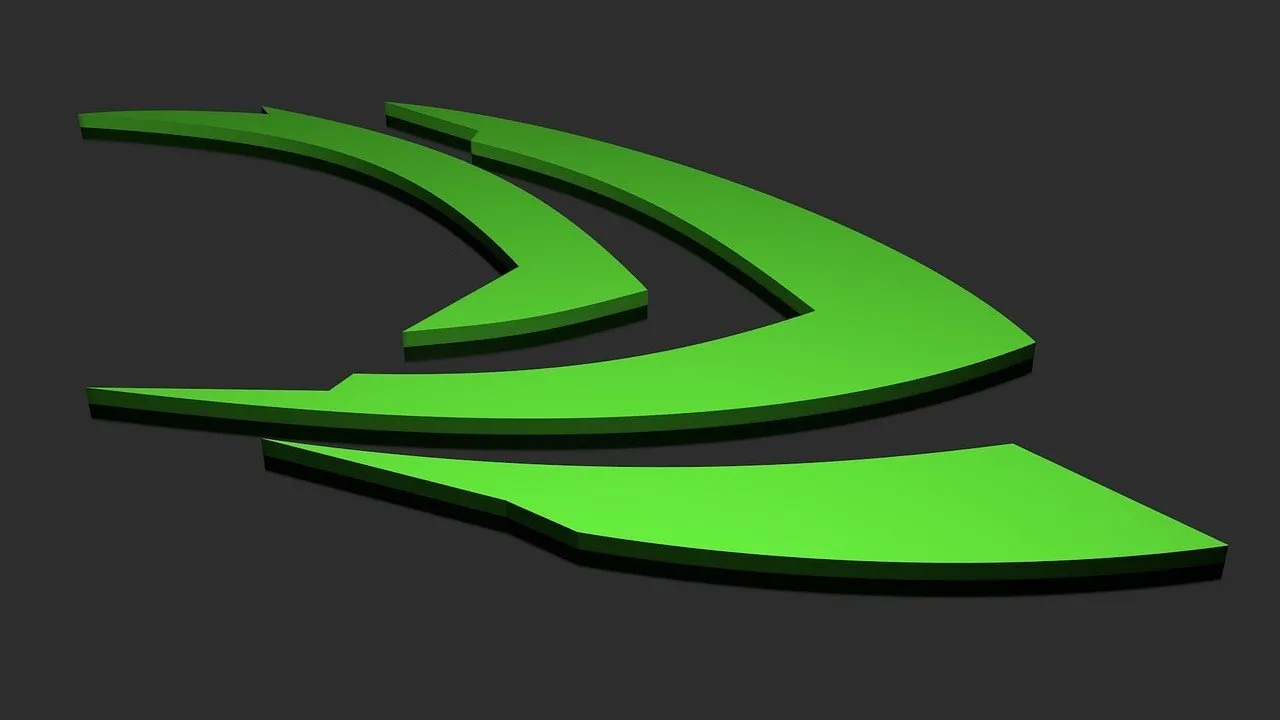
Over the last few years, my current workstation/gaming rig has been revamped after a long overdue upgrade. My previous specs included an Intel CPU and AMD graphics card. At the time, it performed well and offered great value for money. The introduction of the Ryzen series came out around a few years ago and was a game changer, quickly drawing attention from all PC enthusiasts. Myself included. AMD’s stunning return to the CPU architecture is only good things for the industry as cost and performance will continue to progress in an effort to retain and grow market share. Aside from CPU horsepower, AMD also have their prowess in GPU’s. On the other side of the graphics card market, NVIDIA have been making great progress.
Sometimes I feel a little frustrated when shopping for monitors, choices now extended beyond just the basic dimensions, refresh rate, response time etc. Picking your camp between AMD’s FreeSync technology or NVIDIA’s G-Sync is also a consideration with the latter being a propriety implementation and AMD offering an open-source software offering. This initially locked NVIDIA to G-Sync monitors which ran considerably dearer. For NVIDIA gamers, a premium would always be felt for this technology but as of last year, NVIDIA introduced new drivers to allow their line of GPUs to work with adaptive/FreeSync. It’s great to see companies make their technology versatile and NVIDIA have been making a strong case over the years to sway PC powerhouses to become customers. Their GameStream technology has also been amazing to use over a decent network. I’m finally able to game anywhere in the house or even away from my home on many devices.
Following on from my previous entries around video conferencing and general phone calls, NVIDIA have introduced something a little special that may make a huge difference to the way audio is handled over calls and broadcasts. RTX Voice is a new AI powered plug-in that removes background noise from voice streams. Watching varied tests, the improvement to voice input was significant. It’s an amazing tool for a person that has a noisy mechanical keyboard that clicks and clacks (me). In a period where working from home is essential, this powerful noise filter is a very welcome addition. The results are impressive and doesn’t offer major slowdowns but for those tasks that need every little ounce of power, it may have to be disabled until some can be spared.
RTX cards are the latest outing from the green and mean company and official RTX Voice software is reserved for these top-end cards. I was curious about backwards compatibility and the internet yielded answers as always. It’s possible to get this fancy bit of software working with older generation cards. Information here: https://forums.guru3d.com/threads/nvidia-rtx-voice-works-without-rtx-gpu-heres-how.431781/
I’ve yet to try it out, but I’ll be loading this up for my next call on discord and comparing results. Perhaps the realm of graphics card capability is about to shift yet again where new and exciting applications will benefit from the data processing capabilities of GPU’s. Video calls, streamers and general production quality may see great benefit in this technology and it’s something that definitely can improve quality of life. It’s understandable as to why this limited beta release was for the latest RTX cards and I hope that an official release will support older series as shown possible by this useful workaround.
